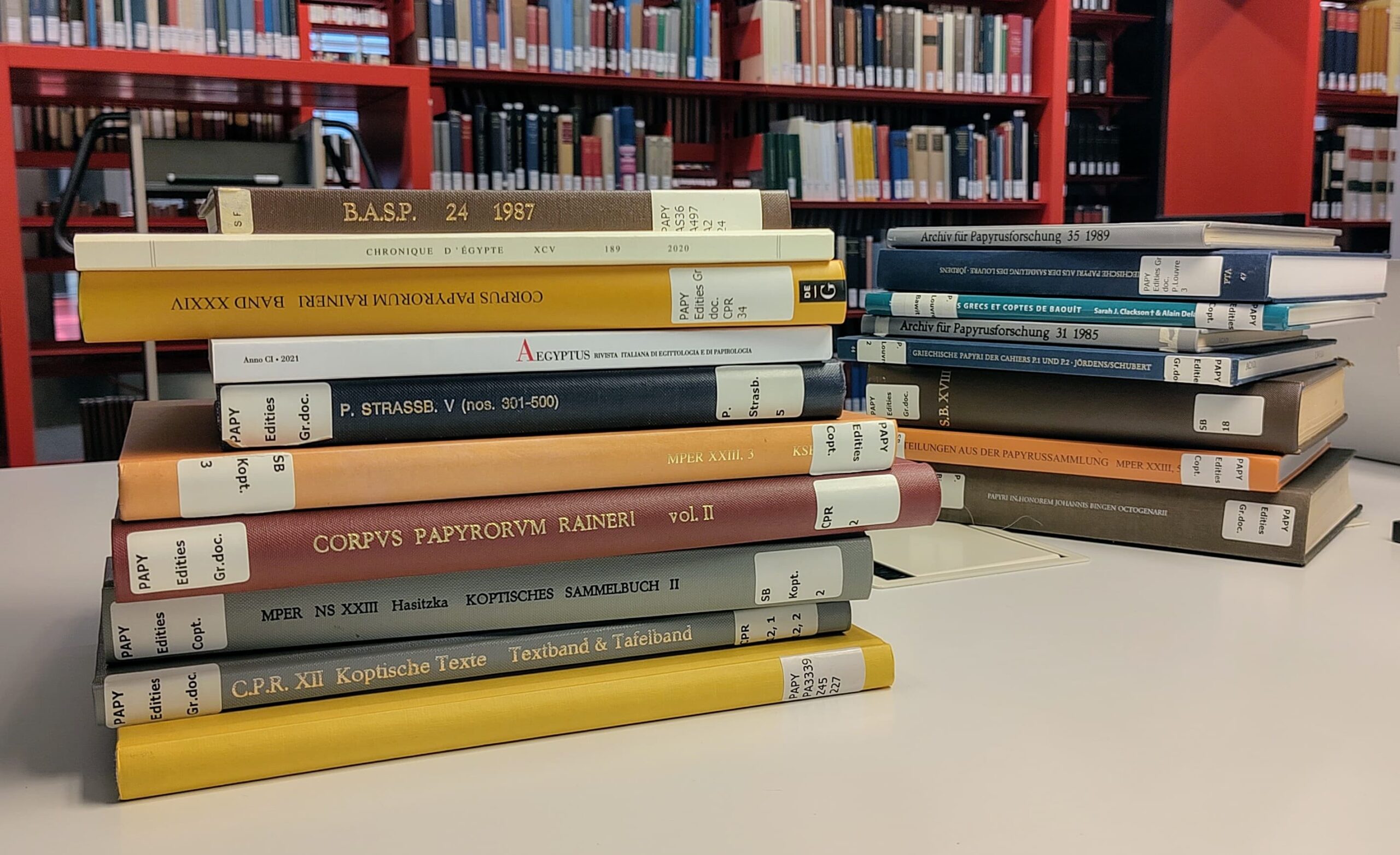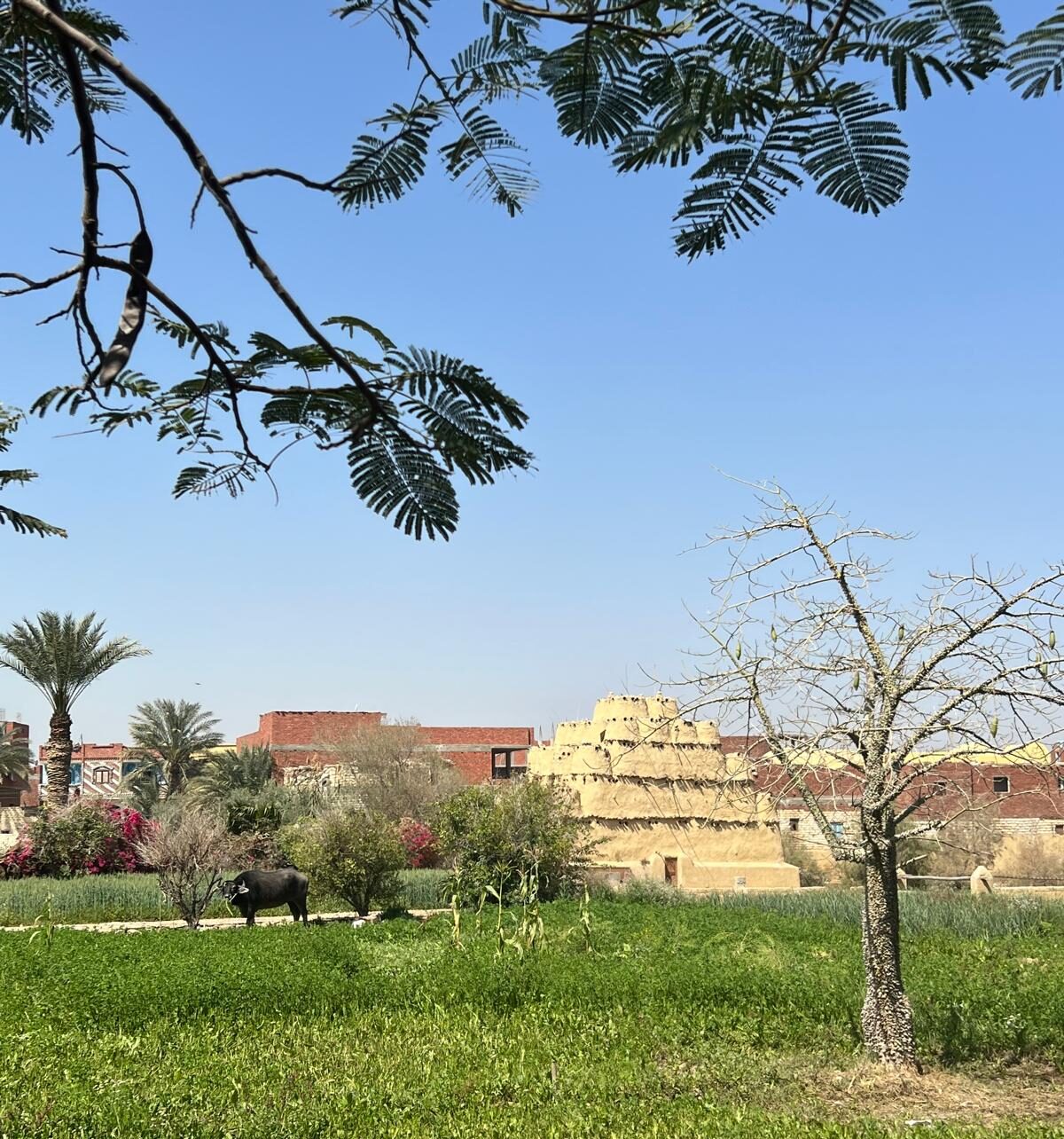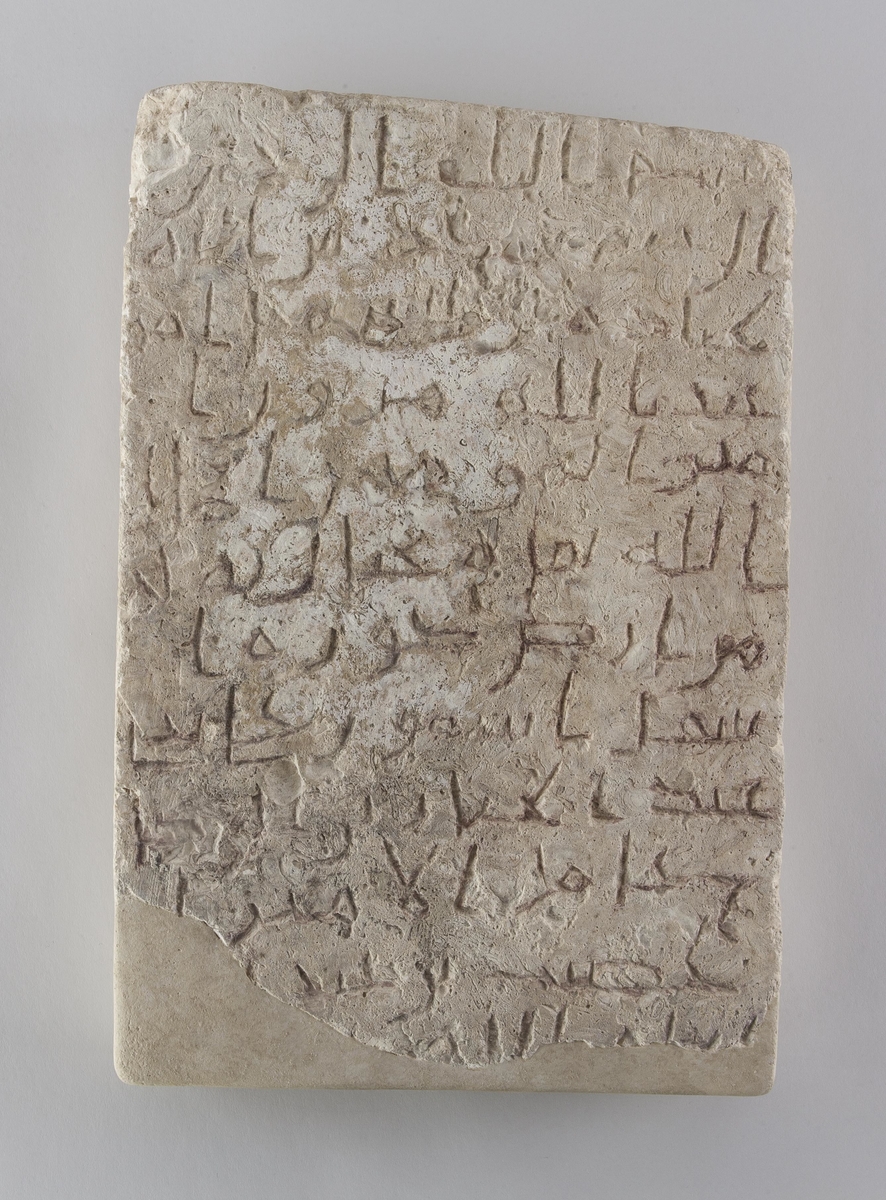Related Content
- Material Sources for Early Islam and Late Antique Near East
- Embedding Conquest: Naturalising Muslim Rule In the Early Islamic Empire
- SCORE: Social Contexts of Rebellion in the Early Islamic Period
- Rural Society in Medieval Islam
- Invisible East
- Embodied Imamate: Mapping the Development of the Early Shi'i Community 700-900 CE
- Coptic Magical Papyri
- Source of Life: Water Management in the Premodern Middle East
- Papyrus Stories - Everyday Stories from the Ancient Past
- Everyday Orientalism
- Arsheef
- Sociality of Tax
- The Anthropology of Tax Network
- The Middle East at Edinburgh
Recent Posts
- Seminar Series: “People and their Environments in the First Millennium CE”
- Protecting Tax Evaders, Securing the Revenue: A Lecture in the “Egyptian Christianities” Series
- The Caliphal Finances Project is Hiring a Postdoctoral Research Fellow!
- The Caliphal Finances Team at the Late Antique Lunch
- Interview with a Researcher: Jennifer Cromwell





